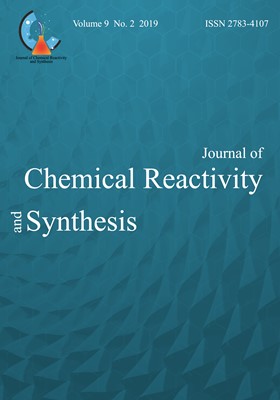Tributyl hexadecyl phosphonium bromide as a new and efficient catalyst for the one-pot synthesis of 3,4-dihydropyrimidinones/thiones via a three component condensation reactions
محورهای موضوعی : Journal of Chemical Reactivity and SynthesisRashid Badri 1 , Leila Mohammadi 2 , Ali Reza kiasat 3
1 - Department of Chemistry, Ahvaz Branch,Islamic Azad University,Ahvaz, Iran
2 - PhD student, ISLAMIC AZAD UNIVERSITY, AHVAZ BRANCH.
3 - Department of Chemistry, College of Science, Shahid Chamran University, Ahvaz, Iran
کلید واژه: Biginelli reaction, Cyclocondensation, Tributyl hexadecyl phosphonium bromide, 3, 4-dihydropirimidinone,
چکیده مقاله :
3,4-Dihydropyrimidinones are an important class of heterocycles due to their pharmaceutical and therapeutic properties. The most efficient method for synthesis of these 3,4-dihydropyrimidinones, first reported by Biginelli, involves three component, one-pot condensation of a β-ketoester with an aldehyde and urea under strongly acidic conditions. The major drawbacks associated with this protocol, is poor to moderate yields, when using substituted aromatic and aliphatic aldehydes. Several improved methods for this protocol have been reported, can overcome the drawback of the classical protocol. This project aims investigating tributyl hexadecyl phosphoniuom bromide(TBHDPB) as a novel and efficient catalyst for synthesis of 3,4dihydropyrimidinones/thiones in milder reaction conditions. Optimization of the reaction conditions was attempted. The effect of temperature and solvent was studied. The best results were obtained in ethanol at 80 oC. The best catalytic activity of TBHDPB was optimized to be 10 mol% ( 0.1 mmol , 0.051g). Under optimal conditions, all reactions were completed within 45-80 min. All pure products were obtained in excellent yields (60-90%). The products were characterized by comparison of melting points and 1HNMR with those prepared in accordance with the literature procedures. The remarkable advantages of the present methodology over the literatures method, including the easily and inexpensive available catalyst, simple experimental procedures, shorter reaction times, excellent yields, easy work up and purification of products by non-chromatographic methods.


